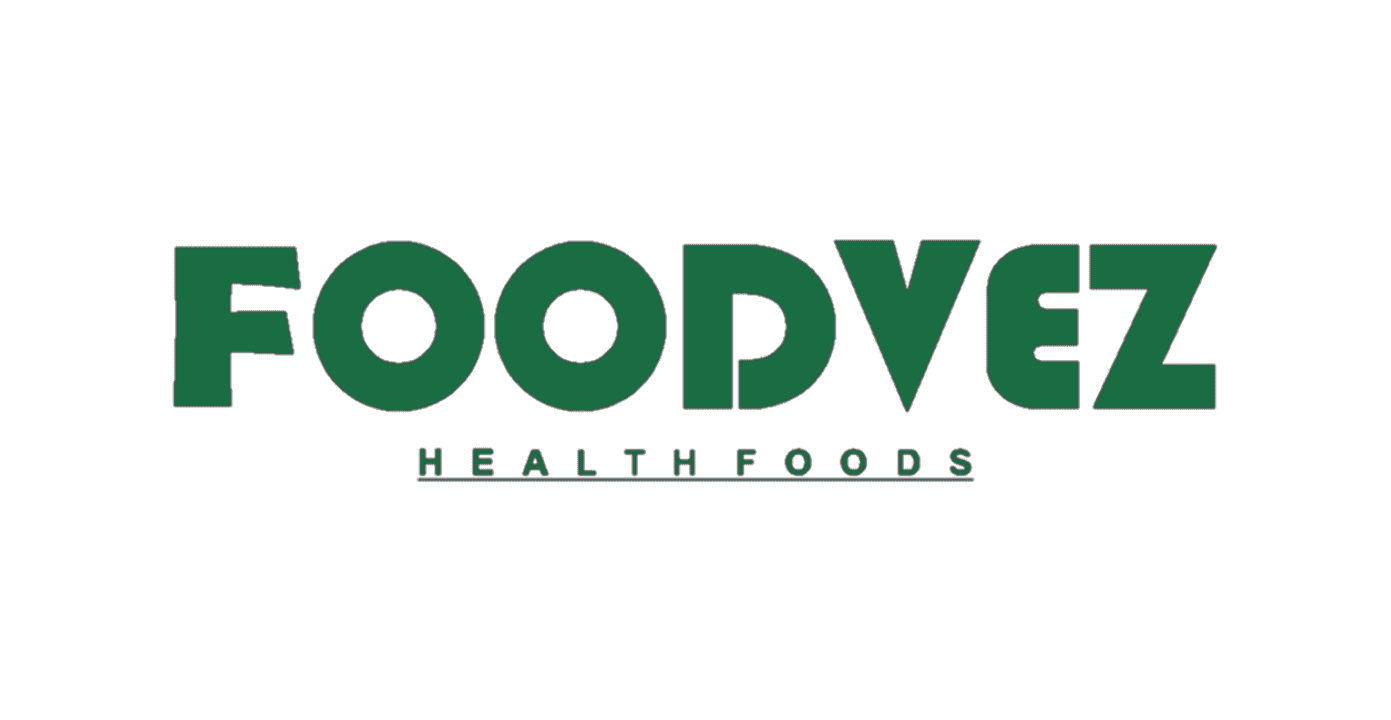SEED CYCLE FOR HORMONE BALANCE
Have you heard of seed cycling? Seed cycling is one of the easiest ways you can support your hormones. The nutrients are supplied at specific phases of their cycle by seed cycling.
WHAT IS SEED CYCLING?
Seed cycling is the practice of eating specific seeds during the two main phases of your menstrual cycle (follicular and luteal) to help promote the healthy balance of two of the main female reproductive hormones, no matter what stage of life you are in – reproductive years, postpartum, perimenopausal, or post-menopausal. It is based around the two phases of your menstrual cycle, using the nutrients found in seeds. By boosting estrogen in the first phase of your cycle, and progesterone in the second phase, seed cycling can help relieve PMS, increase fertility, ease pain from conditions like ovarian cysts, endometriosis, and PCOS (polycystic ovary syndrome), and help regulate irregular cycles. Seed cycling guides your body into a natural rhythm by either eliminating excess hormones or stimulating their production.
UNDERSTANDING YOUR MENSTRUAL CYCLE
To better understand seed cycling, you need to understand the two main phases of your menstrual cycle.
1.The menstrual phase (days 1-5) – Most women are aware of the menstrual phase. The menstrual phase begins on day 1 of woman’s period and lasts for approximately 5 days until the bleeding subsides. During this phase the lining of the uterus is shed and the menstrual fluid leaves out through the vagina – this is what you call ‘your period’. Some women experience symptoms each month and there are different types of periods, from heavy to painful to irregular – no two women will have exactly the same experience
2. The follicular or proliferative phase (days 1 -13) – The follicular phase also begins on the first day of your period and continues until half way through your cycle. Throughout this phase your hypothalamus stimulates your pituitary gland to release a hormone called follicle stimulating hormone (FSH). This causes a follicle within one of your ovaries, containing an egg, to mature. As this follicle matures, it initiates an increase in oestrogen which allows the lining of your womb to develop
3. Ovulation (day 14) – Around day 14 of your cycle ovulation occurs as oestrogen peaks. This causes the pituitary gland to release a surge of luteinising hormone (LH). This hormone causes your ovary to release the matured egg which is swept into your nearby fallopian tube
4. The luteal or secretory phase (days 15-28) – The luteal phase of your menstrual cycle occurs immediately after ovulation and continues until the end of your cycle. During this time the releases egg travels towards the uterus and has around 24 hours to become fertilized by sperm. Sperm can survive longer than an egg so, having entered the uterus up to approximately 5 days earlier they are still able to fertilize your egg. Progesterone levels also rise during this phase in order to prepare the womb in anticipation of the egg becoming fertilized and implanted. However, if the egg doesn’t become fertilized, the egg disintegrates and levels of your oestrogen and progesterone begin to decrease rapidly. The drop in these hormones initiates contractions of the smooth lining of your womb and the menstrual phase begins again.
HOW TO START SEED CYCLING
Seed cycling is quite simple
- Follicular Phase – Ovulation (Days 1-14): eat 1-2 tablespoons each of raw, fresh ground flaxseeds and pumpkin seeds.
- Ovulation-Luteal Phase (Days 15-28): eat 1-2 tablespoons each of raw, fresh ground sunflower and sesame seeds.
HOW DOES SEED CYCLING SUPPORT HORMONE BALANCE?
FOLLICULAR PHASE
During the first phase of the menstrual cycle (follicular phase), pumpkin seeds and flax seeds help improve our estrogen levels while preventing excess estrogen. Flax seeds contain lignans which bind to excess estrogen. Pumpkin seeds are high in zinc which helps support progesterone production as you move towards the progesterone rise in the second phase of your cycle.
LUTEAL PHASE
During the second phase of your cycle (luteal phase), sesame seeds and sunflower seeds help boost progesterone production. Sesame seeds are a rich source of zinc which help boost progesterone production and also contain lignans that help block excess estrogen while progesterone rises. Sunflower seeds are high in vitamin E and selenium. Vitamin E can help boost progesterone production, while selenium helps detox the liver of excess estrogen.
THE NUTRITIONAL COMPONENTS IN SEEDS

Flaxseeds:
Flaxseeds are particularly high in fibre. Just one tablespoon of ground flax seeds contains about 2g of fibre. This is almost 10% of the recommended dietary intake for women . Flax seeds contain both soluble and insoluble fibre. Combined these fibres help to prevent chronic diseases by lowering cholesterol and preventing type 2 diabetes as well as help keep bowel movements regular. Fibre is especially important for women of reproductive age to help clear out excess or unwanted estrogens from the gut. Vegetarian women that naturally have a higher fibre diet have been shown to excrete 2-3 times more estrogen in their stools which may be one of the reasons vegetarian women have lower rates of breast cancer . The large intestine is home to the estrobolome, which is a specific subset of bacteria responsible for managing the excretion and absorption of estrogen.
An enzyme called beta-glucuronidase is responsible for unpackaging the inactive estrogen that was packaged by the liver reactivating it and sending it back into circulation . Fibre helps keep the estrobolome balanced and ensures that more estrogen is removed rather than being reabsorbed. Flaxseeds are particularly high in phytoestrogens called “lignans.” Phytoestrogens are a type of polyphenol that has the ability to weakly bind to estrogen receptors in the body. They are not real estrogen and are 100- 1000 times weaker than our bodies’ own natural estrogen. Phytoestrogens have both an estrogenic and anti-estrogenic effect, meaning they can raise or lower estrogen in the body as needed depending on the target tissue. Phytoestrogens have a greater affinity to beta estrogen receptors which has protective and balancing effects . In fact, one study showed that the beneficial effects of phytoestrogens from flax seeds were even stronger than from soy. Due primarily to the phytoestrogen content, flax seeds have been found especially helpful in the prevention of breast cancer as well as cyclical breast pain .
Flaxseeds are a rich source of ALA plant omega 3’s which are needed to help fight inflammation. ALA is then converted into EPA and DHA in the body. All of these omega types are important but ALA is particularly important for lowering inflammation. For this reason, they can be beneficial in treating inflammatory hormonal conditions such as endometriosis and fibroids etc omega 3 has been found especially important in helping to reduce period pain .
Tryptophan: Flaxseeds are high in an amino acid called tryptophan. Tryptophan, magnesium and vitamin b6 are the building blocks of the neurotransmitters serotonin and melatonin. Serotonin is a happiness neurotransmitter that converts to melatonin at night to aid with sleep. Its function is enhanced by estrogen and vice versa. Flax seeds contain a good amount of tryptophan, magnesium as well as omega 3 which helps to regulate serotonin. Overall they are a wonderful food to eat for both serotonin and estrogen balance and help to support good moods and fight depression and anxiety.

Sesame seeds:
Three tablespoons (30 grams) of unhulled sesame seeds provide 3.5 grams of fiber, which is 12% of the Reference Daily Intake (RDI)Sesame seed are a rich source of zinc which help boost progesterone production and also contain lignans that help block excess oestrogen while progesterone rises.
Sunflower seeds are high in vitamin E and selenium. Vitamin E can help boost progesterone production, while selenium helps detox the liver of excess oestrogen.

Pumpkin seeds:
One cup of pumpkin seeds contains 9.52 milligrams (mg) of iron, a significant portion of the 18 mg recommended daily allowance (RDA) for premenopausal females and 8 mg for postmenopausal females. Pumpkin seeds are high in zinc which helps support progesterone production as you move towards the progesterone rise in the second phase of your cycle. Blood pressure maintenance and blood sugar levels are directly affected by minerals like magnesium and zinc. The omega 3 and 6 fatty acids in pumpkin seeds help lower blood cholesterol and improve overall heart health. Fibre-rich diets need to be broken down by intestinal bacteria that are good for the digestive system. Dietary fiber like pumpkin seeds act as a prebiotic, further promoting gut health.
An essential amino acid called Tryptophan is considered beneficial in treating sleeping disorders. Tryptophan in pumpkin seeds benefits females as it helps reduce anxiety and premenstrual discomfort.

Author :- AQSA AKBER



